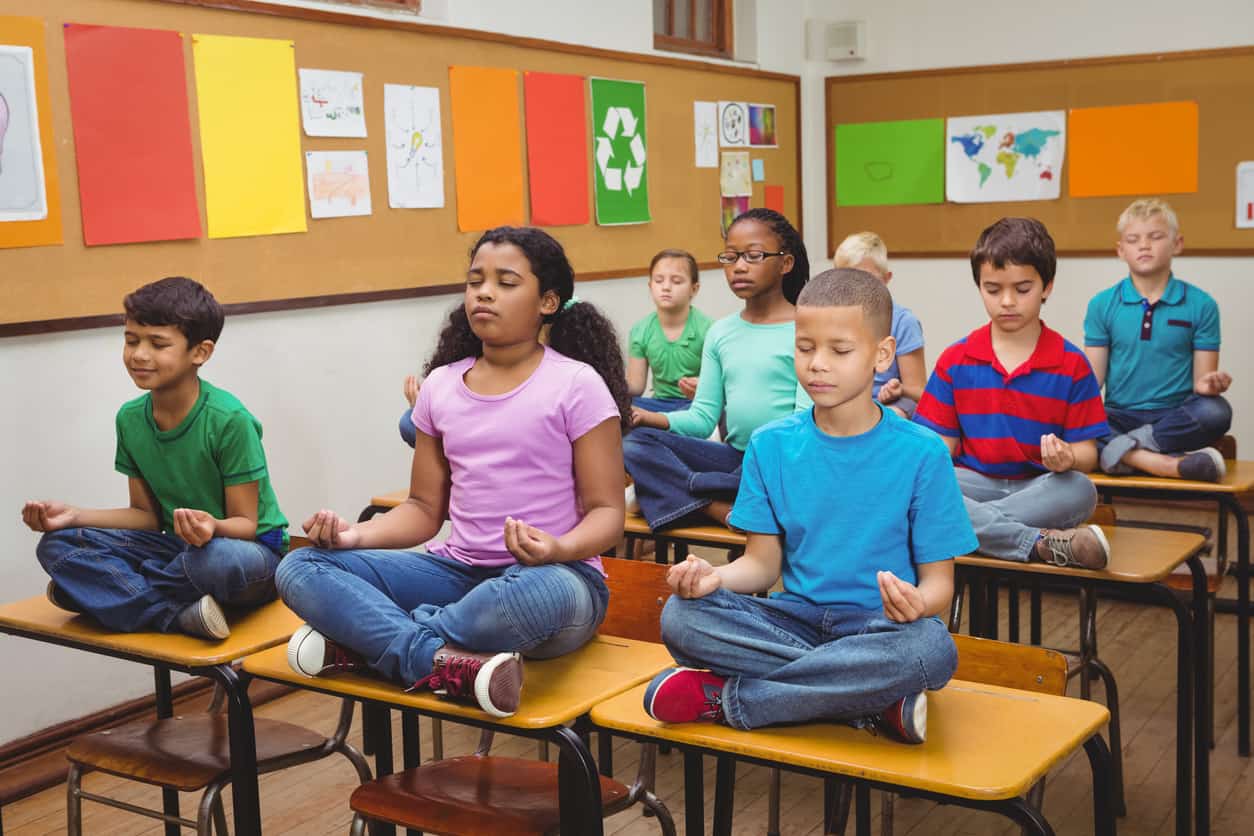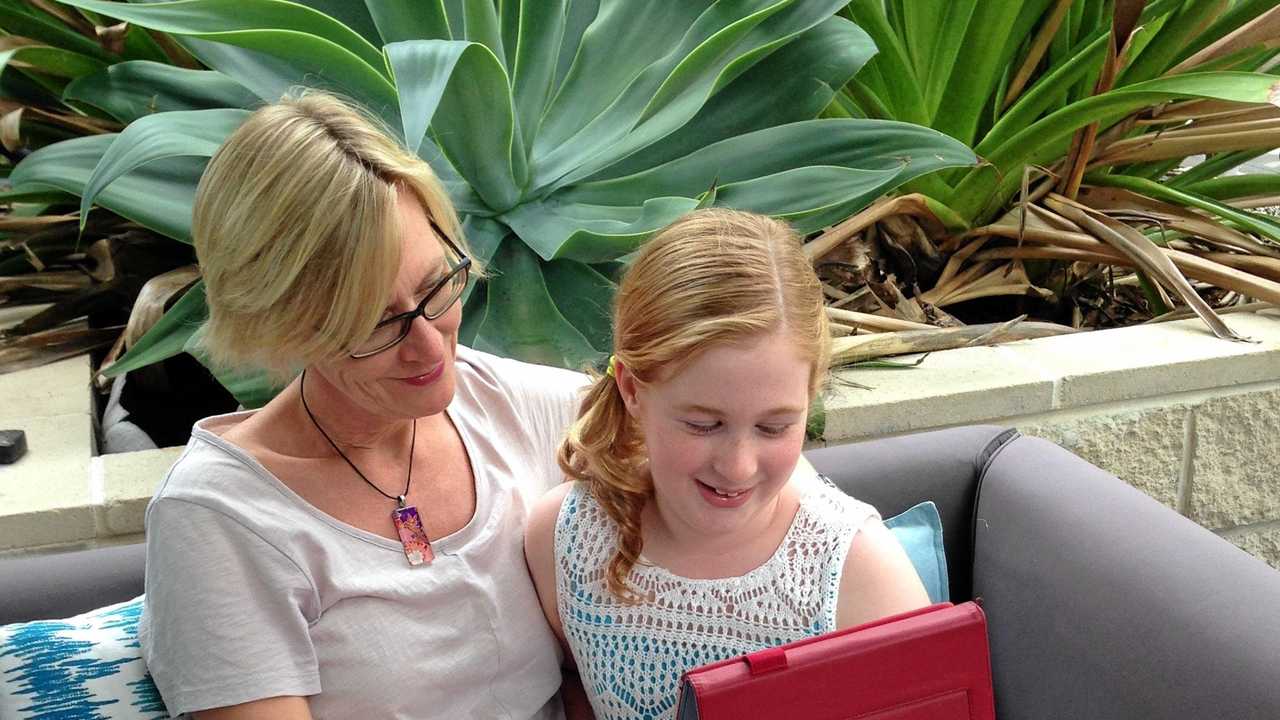Enhance Learning: Implementing Mindfulness in Schools

mindfulness in schools In recent years, educators and psychologists alike have increasingly recognized the profound impact of mindfulness in schools on student well-being and academic performance. This holistic approach to education goes beyond traditional teaching methods, aiming to cultivate not only intellectual growth but also emotional resilience and mental clarity among students. Let’s delve into the transformative potential of mindfulness in schools and explore how it can enhance learning environments.

Understanding Mindfulness in Schools
Mindfulness in schools involves the integration of mindfulness practices into the daily routines and curriculum of educational institutions. At its core, mindfulness is the practice of being fully present in the moment, non-judgmentally aware of one’s thoughts, emotions, and surroundings. By teaching students to cultivate awareness and self-regulation, schools can empower them with essential life skills that contribute to their overall well-being.
The Benefits of Mindfulness in Schools
Research has shown that incorporating mindfulness in schools can lead to a wide range of benefits for students, teachers, and the school community as a whole. These benefits include:
- Improved Focus and Attention: Mindfulness practices help students develop the ability to concentrate on tasks and resist distractions, leading to better academic performance.
- Stress Reduction: By teaching students techniques to manage stress and anxiety, mindfulness can create a calmer and more supportive learning environment.
- Enhanced Emotional Regulation: Mindfulness empowers students to recognize and navigate their emotions effectively, promoting healthier social interactions and conflict resolution skills.
- Increased Resilience: Students learn to bounce back from challenges and setbacks more easily, fostering a growth mindset and perseverance in their academic and personal lives.
Implementing Mindfulness Practices in Schools
Mindful Breathing Exercises
One of the simplest yet most effective mindfulness in schools practices is mindful breathing. This exercise helps students anchor themselves in the present moment, fostering a sense of calm and focus.
How to Practice Mindful Breathing:
- Sit comfortably with your back straight and feet flat on the floor.
- Close your eyes and take a few deep breaths in through your nose and out through your mouth.
- Gradually allow your breath to return to its natural rhythm.
- Focus your attention on the sensation of your breath entering and leaving your body. Notice how your abdomen rises and falls with each breath.
- If your mind wanders, gently bring your focus back to your breath without judgment.
Mindful breathing can be practiced for just a few minutes at a time and can be integrated into the beginning or end of the school day, during transitions, or before tests and exams.
Body Scan Meditation
Body scan meditation is another valuable mindfulness in schools technique that promotes relaxation and body awareness. This practice involves systematically focusing on different parts of the body, releasing tension and fostering a deeper connection between the mind and body.
How to Practice Body Scan Meditation:
- Lie down on your back in a comfortable position with your arms by your sides.
- Close your eyes and take a few deep breaths to relax your body.
- Begin to focus your attention on your toes. Notice any sensations, tension, or warmth in this area.
- Slowly move your attention up through your feet, legs, abdomen, chest, arms, and head, scanning each body part for sensations.
- If you encounter any areas of tension or discomfort, breathe into those areas and consciously release the tension with each exhale.
Body scan meditation can help students unwind from the physical and mental demands of the school day, promoting relaxation and a sense of well-being.
Mindful Movement and Yoga
Integrating mindful movement practices such as yoga into the school curriculum can offer students an opportunity to connect mind and body while enhancing flexibility, strength, and balance.
Benefits of Mindful Movement:
- Improved Physical Health: Yoga postures and movements promote physical fitness, flexibility, and overall well-being.
- Stress Relief: Mindful movement practices help release physical tension and calm the nervous system, reducing stress and anxiety.
- Enhanced Concentration: By linking movement with breath, students learn to focus their minds and sustain attention, which can improve academic performance.
Mindful movement sessions can be adapted to suit different age groups and fitness levels, providing a refreshing break from traditional classroom activities.
Mindful Listening and Communication
Effective communication is a fundamental skill that students can develop through mindfulness practices such as mindful listening and speaking.
How to Practice Mindful Listening:
- Sit in pairs or small groups facing each other.
- One person speaks while the others listen attentively without interrupting or judging.
- The speaker shares their thoughts or experiences while the listeners focus on truly hearing and understanding what is being said.
- Afterward, participants can reflect on their experience of listening mindfully, noticing any insights or challenges that arose.
Mindful listening encourages empathy, enhances interpersonal relationships, and fosters a respectful classroom environment where every voice is valued.
Integrating Mindfulness into the School Culture
To successfully integrate mindfulness in schools, it is essential to create a supportive and inclusive school culture that embraces these practices. Here are key strategies for fostering a mindful school environment:
Professional Development for Educators
Teachers and staff play a pivotal role in modeling mindfulness and supporting students in their practice. Offering professional development workshops and training sessions can equip educators with the knowledge and skills needed to integrate mindfulness into their teaching practices and classroom management.
Establishing Mindfulness Programs
Implementing structured mindfulness programs or initiatives can provide students with consistent opportunities to practice and reinforce their mindfulness skills. These programs can include regular meditation sessions, mindfulness assemblies, and workshops on stress management and emotional resilience.
Cultivating Mindful Leadership
School administrators and leaders can promote a culture of mindfulness by incorporating these practices into school policies, decision-making processes, and daily routines. By demonstrating their commitment to mindfulness, leaders inspire students and staff to prioritize well-being and self-care.
Creating Mindful Spaces
Designating quiet and comfortable spaces within the school where students and staff can retreat to practice mindfulness can support their mental and emotional well-being. These spaces can be equipped with cushions, blankets, soothing music, and mindfulness resources to facilitate relaxation and focus.
Engaging Parents and Guardians
Educating parents and guardians about the benefits of mindfulness in schools and involving them in mindfulness initiatives can create a supportive home-school partnership. Providing resources, workshops, and family mindfulness activities can encourage families to incorporate mindfulness into their daily lives.
The Impact of Mindfulness on Academic Achievement
Beyond its benefits for mental health and well-being, mindfulness in schools has been linked to improved academic performance and student success. By reducing stress, enhancing focus, and promoting emotional regulation, mindfulness empowers students to engage more effectively in their learning and academic endeavors.
Academic Benefits of Mindfulness:
- Improved Concentration: Mindfulness practices strengthen attentional control and reduce mind-wandering, allowing students to stay focused during lessons and assignments.
- Enhanced Cognitive Skills: Regular mindfulness practice has been associated with improvements in memory, problem-solving abilities, and information processing speed.
- Better Test Performance: By reducing test anxiety and promoting a calm state of mind, mindfulness can help students perform better on exams and assessments.
Case Studies and Success Stories
Numerous schools and educational institutions around the world have implemented mindfulness in schools programs with remarkable results. From increased student engagement and attendance to improved behavior and academic achievement, these case studies highlight the transformative impact of mindfulness on school communities.
The Role of Mindfulness in Special Education
Mindfulness practices can be particularly beneficial for students with special educational needs, including those with learning disabilities, ADHD, and autism spectrum disorders. By promoting self-awareness, emotional regulation, and sensory integration, mindfulness can support these students in achieving their full potential academically and socially.
Challenges and Considerations
While the benefits of mindfulness in schools are clear, implementing these practices can present challenges and considerations for educators and school leaders:
- Resistance to Change: Some educators and parents may be skeptical about the effectiveness of mindfulness or may perceive it as religious or spiritual, which can hinder its adoption.
- Resource Constraints: Schools may face budgetary constraints or lack the necessary resources and training to implement mindfulness programs effectively.
- Cultural Sensitivity: It is essential to ensure that mindfulness practices are culturally sensitive and inclusive, respecting the diverse backgrounds and beliefs of students and families.
Addressing these challenges requires thoughtful planning, collaboration, and ongoing support from school leadership, educators, and the broader school community.
mindfulness in schools
As we navigate the complexities of modern education, integrating mindfulness in schools offers a promising pathway to nurturing students’ holistic development. By equipping them with essential mindfulness skills, we empower students to thrive academically, emotionally, and socially. From mindful breathing and body scan meditation to mindful listening and movement practices, the tools of mindfulness provide students with valuable resources for navigating life’s challenges with resilience and compassion.
Embracing mindfulness in schools is not just about enhancing academic achievement; it’s about fostering a generation of mindful leaders, innovators, and compassionate global citizens. Together, we can create learning environments where every student has the opportunity to flourish and reach their full potential, one mindful breath at a time.






